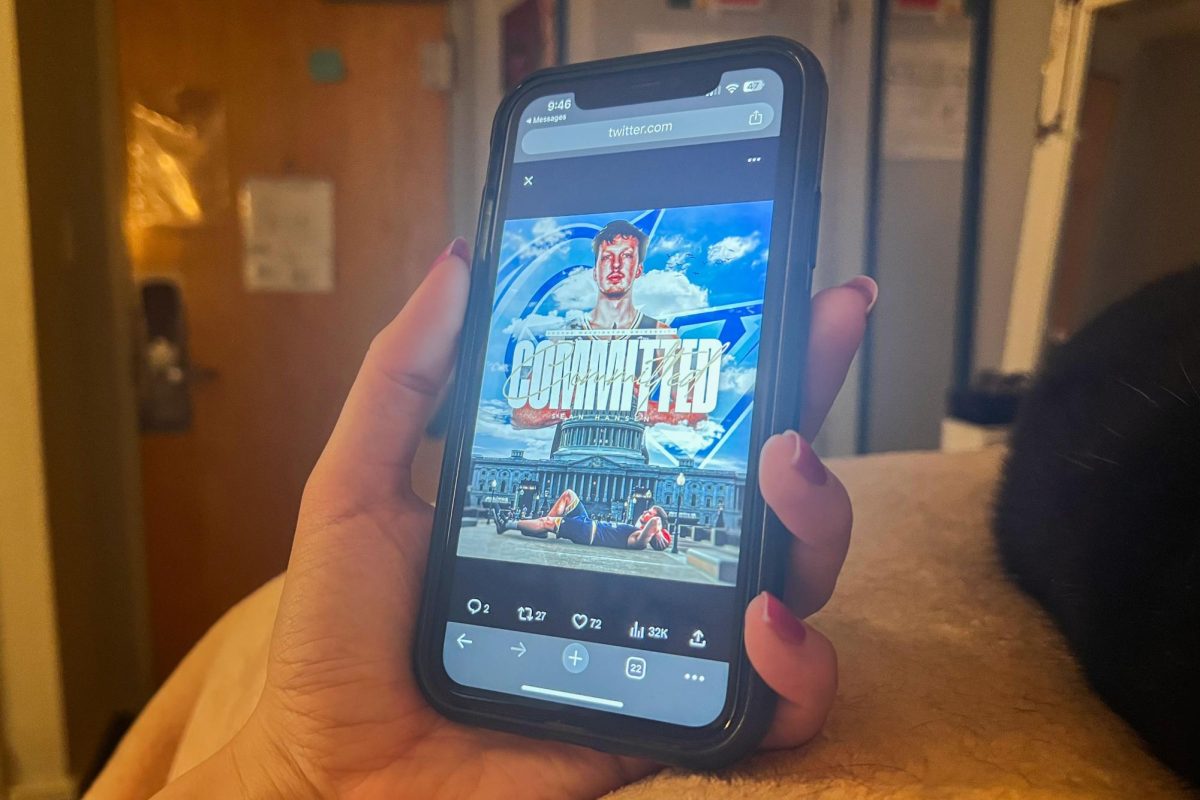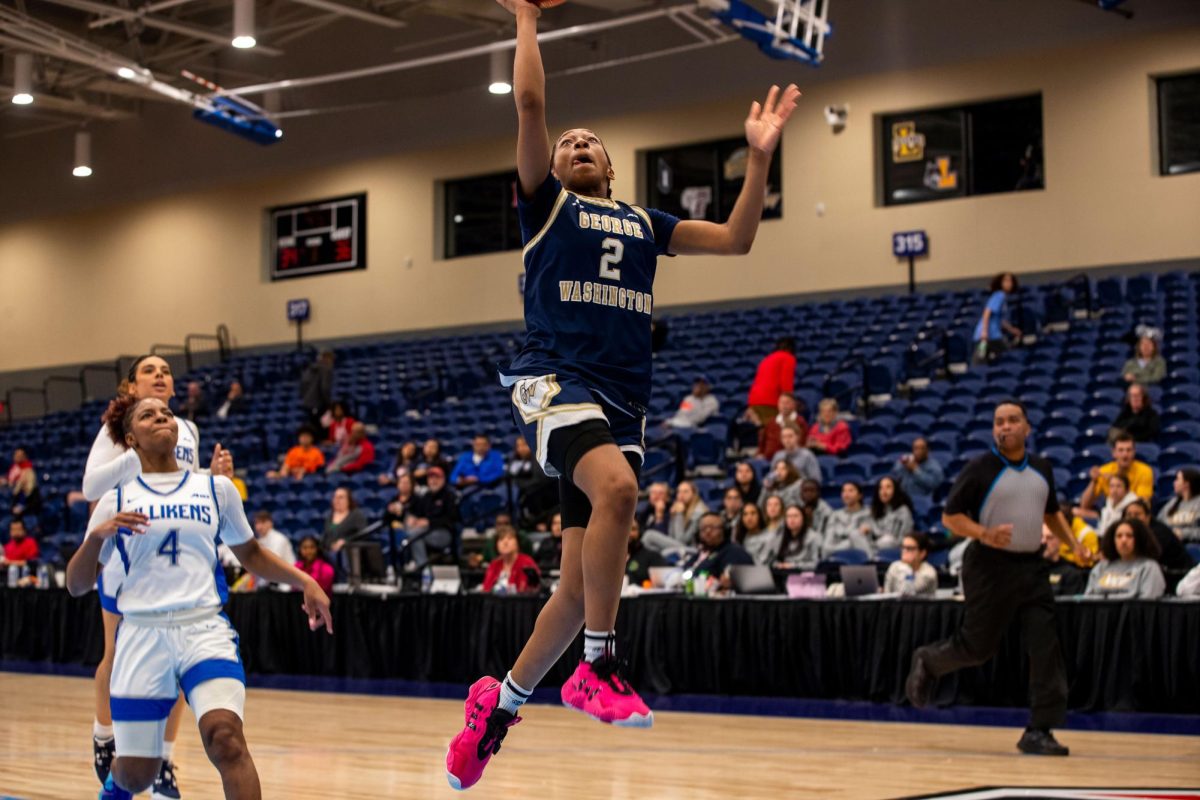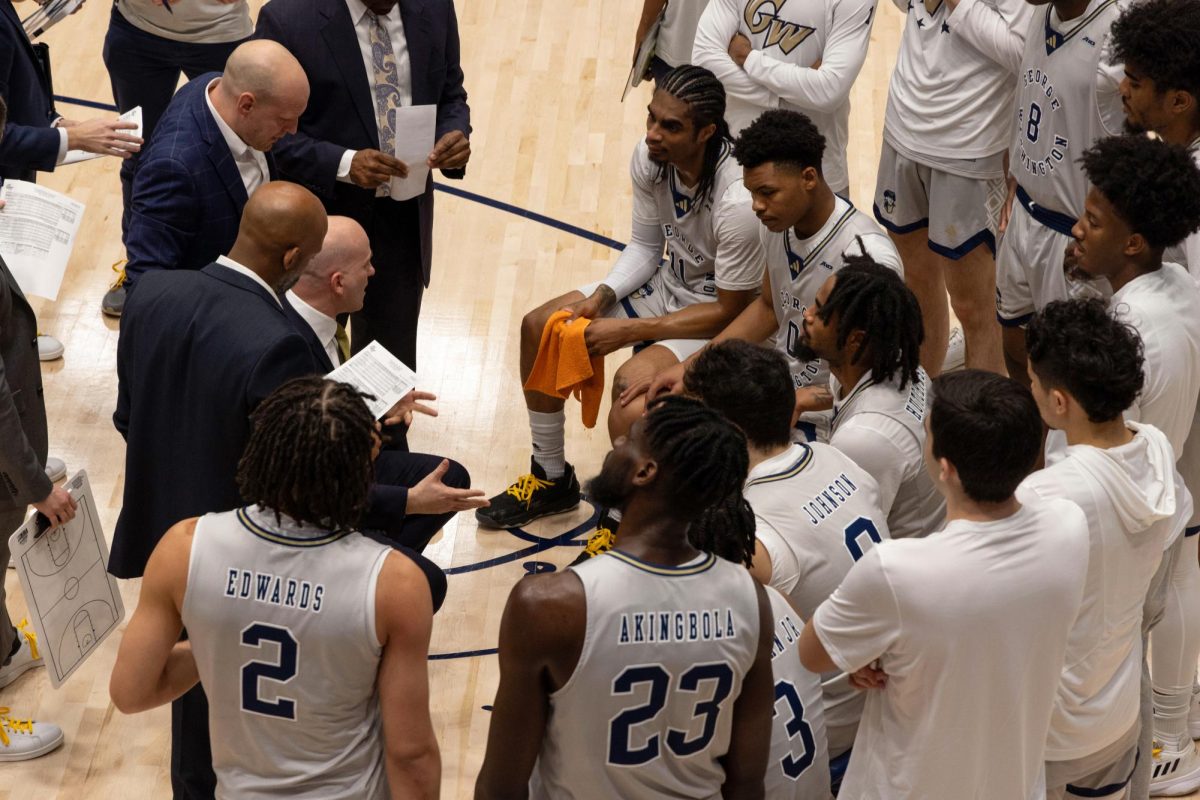BALTIMORE – At some point during my schooling I learned that that history cannot be written less than two decades after the fact.
Certainly, 13 years is certainly out of the question. Maybe it was luck, or maybe those pesky teachers were wrong, but since 1992, Camden Yards has hosted more than its fair share of memorable events and is one of the most beautiful and well-run parks in Major League Baseball. While Washingtonians bask in the initial shock of baseball’s return to the District in a sub-par stadium, Orioles fans are treated to a stadium both aesthetically and historically rich.
Camden Yards made its first appearance in baseball’s history books in 1995. Three years later, Washington Post columnist Michael Wilbon recalled one of his most memorable occasions in the Bay State. In the heat of the O.J. Simpson trial, Oriole legend Cal Ripken Jr. was about to become baseball’s iron man right at home in Baltimore by playing in his 2,150th consecutive game. Lou Gehrig had done it, but he was out of mind, having retired in 1939 and died in 1941. Wilbon sat alongside fellow Post employee Tony Kornheiser and legendary sports writer Shirley Povich watching the occasion from the press box. In the open-air seating area above home plate sat one of two people to witness the end of Gehrig’s career in 1939 in Yankee Stadium and the streak being broken. The other? Joe DiMaggio.
From Robert Fitzgerald Kennedy Stadium in Southeast Washington, a place of minimal history, start out by going northeast until you find Interstate 95 North. After approximately 34 miles north on the Baltimore-Washington Parkway you will arrive at the Inner Harbor in downtown Baltimore.
The park that sits next to the Ravens’ M&T Stadium is a far cry from the cramped, decrepit feeling fans get at the makeshift home of the Washington Nationals. Complete with steel trusses and an early 20th century style brick fa?ade, the stadium evokes memories of parks of the past such as Ebbets Field, Shibe Park and Forbes Field.
In center field, downtown Baltimore stands in its glory. It is nothing compared to the view of the Capitol building and the Washington Monument, but fans of the city seem to bask in its second-rate splendor.
During the national anthem, fans join together to extenuate the “oh” toward the end of the song. But on Sept. 17, only 31,400 showed up to watch the Orioles take on the Tampa Bay Devil Rays; the crowd still was rowdily cheering for their fourth place O’s in green bleachers.
Beer does not seem to be as free flowing in Maryland as it is in Southeast Washington. Students seem to enjoy he ability to grab a few $7 beers under the age of 21. The pre-game entertainment on the JumboTron at Camden suggests that Maryland does not put up with imbibing with a fake I.D. The center field monitor shows a fake license being mixed up under three beer cups, asking the fans to follow the location of the card.
In a complete contrast to RFK, the Prescription Athletic Turf that the Orioles play on is designed to remove up to 75,000 gallons of rainwater from the playing surface in one hour. In Washington, if it rains, Noah better build his ark. The Nationals have had a difficult time repairing fields after rain delays, with one game against the Mets ending up in a protest in the commissioner’s office.
Adding to the atmosphere, over the wall in right field stands the B&O warehouse, a mere 439 feet from home plate. The building was built between 1898 and 1905 and is the longest building on the East Coast. The structure holds banquet facilities and Orioles front offices. Sure beats that trailer that serves as the Nats’ office.
The open-air press box is a welcoming feature after a few games at RFK. The two-tiered seating area is directly above home plate and allows members of the media to have a completely unobstructed view of the field. At RFK only the most prolific reporters get the somewhat blocked view while the rest are relegated to television monitors.
Just sitting inside the confines of the walls of Camden is a much more relaxing feeling than one will find in RFK. Fans have more room to stretch and the feeling of the ground steady as the crowd cheers seems comforting.
With baseball only 11 Metro stops from GW, it’s tough to justify a 34-mile journey north to the heart of Maryland. The only time that GW students flock to Baltimore in droves is when the Red Sox or Yankees come and visit the American League East rival. Bostonians and New Yorkers are far too inebriated to enjoy baseball in the Charm City.
For a drunken baseball experience, RFK is perfect. The liquor will help wash away your claustrophobia. Camden Yards deserves sobriety. If you can make it to a game sober (yes, actually watch baseball without drinking), Camden will knock your socks off – unless they happen to be red.







